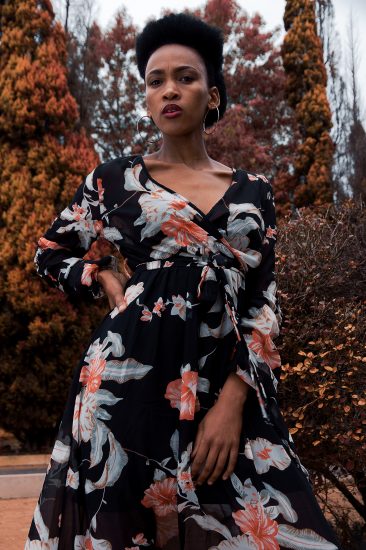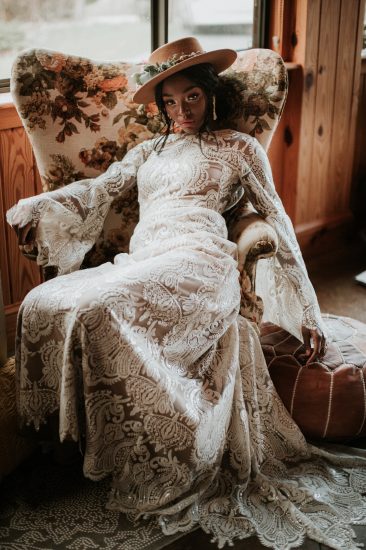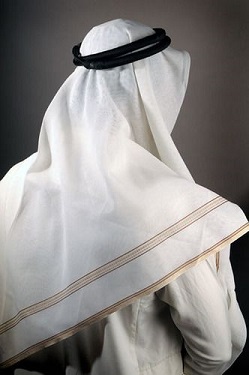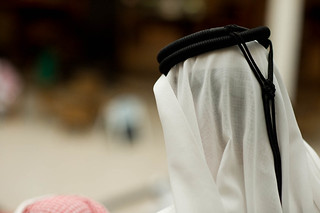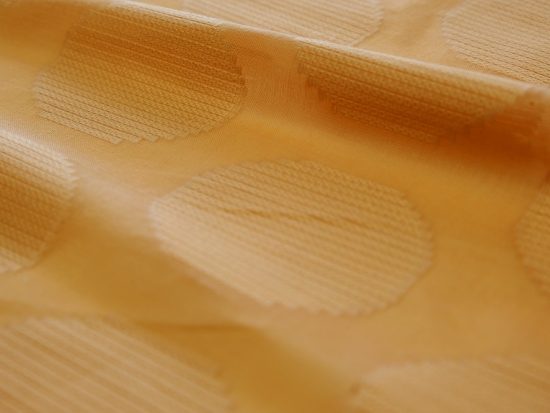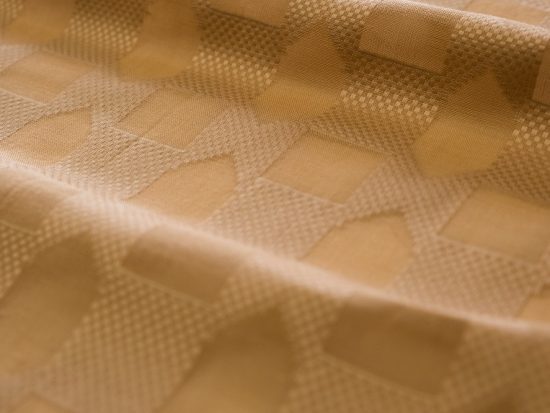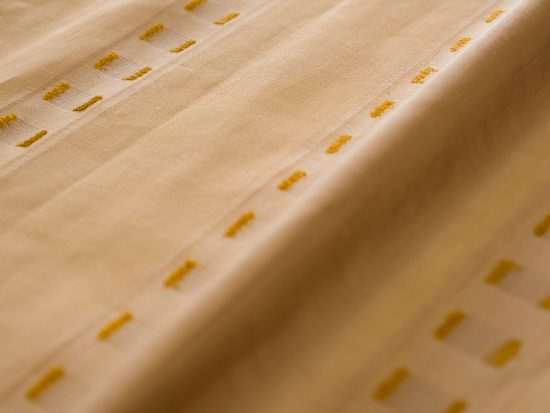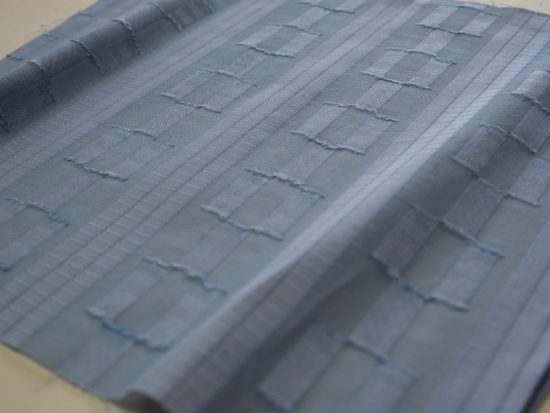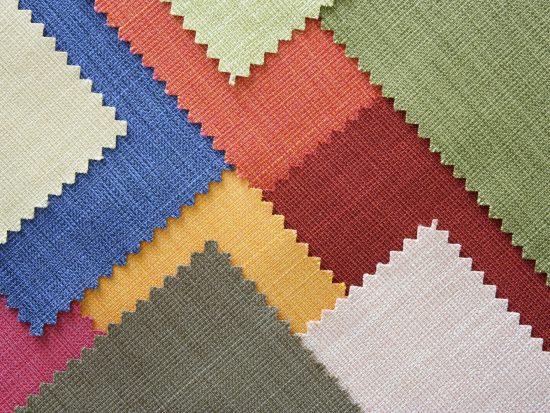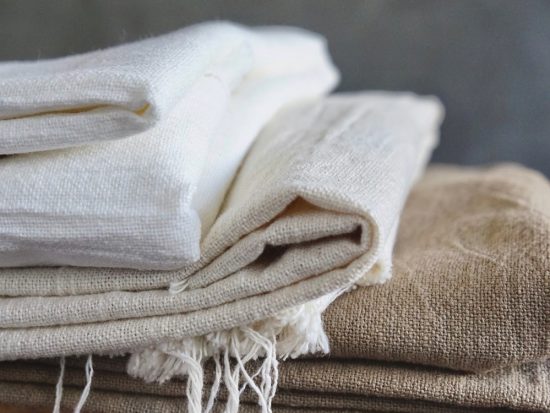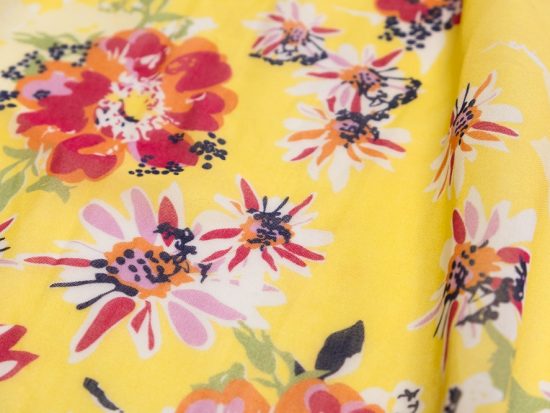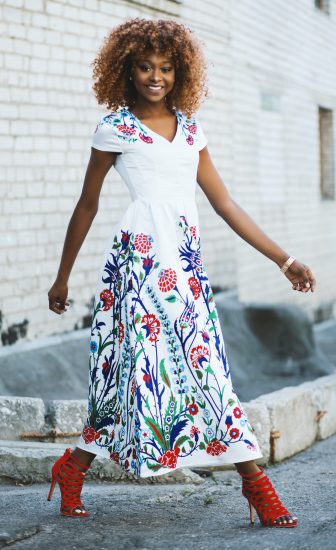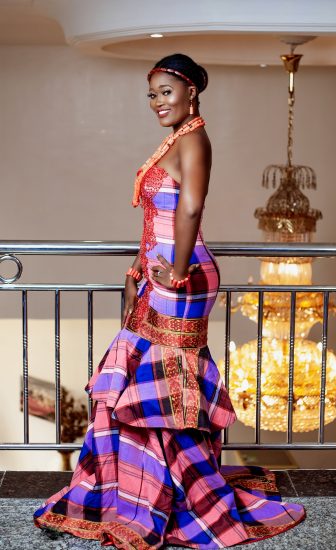Our Products
Check out our latest Fabrics
Swiss Voile
Types of Voile Fabric available:
Ghutrah
The traditional Saudi head-dress is popularly known as Ghutrah. Western and Asian visitors to the Kingdom can see hordes of Saudi men and children wearing the ghutrah and igal. Since 2017, we have successfully weaved and supplied thousands of meters of Ghutrah fabric with innovative designs in different widths – from 54 inches to 63 inches – with our design team and technicians.
Atiku
A fabric which got its name from former Vice president of Nigeria – Alhaji Atiku Abubakar (who loved to wear it a lot) has now become a fashion trend amongst Nigerian men. The Atiku fabric comes in different shades and textures. It is different than see through kind of lace material and depending on the thickness you want, the Atiku fabric comes in varying degrees of materials.
Linen Fabrics
Cambric
Satin
Satin is essentially the name of a weave and is not the name given to a specific raw material. It is created out of low-twist yarn by using the process of twill weaving. The weft threads, which are four horizontal yarns, are covered by a single lengthwise yarn, leading to fewer interlacings, which give satin its characteristic smoothness. We make satin fabric using cotton, polyster and ramie yarn as per customer’s requirements.
Other Fabrics
As a customer centric organization, we make other fabrics like Poly-cotton, Poly-viscose, Cotton-linen, Viscose, etc… as per client’s requirements.

